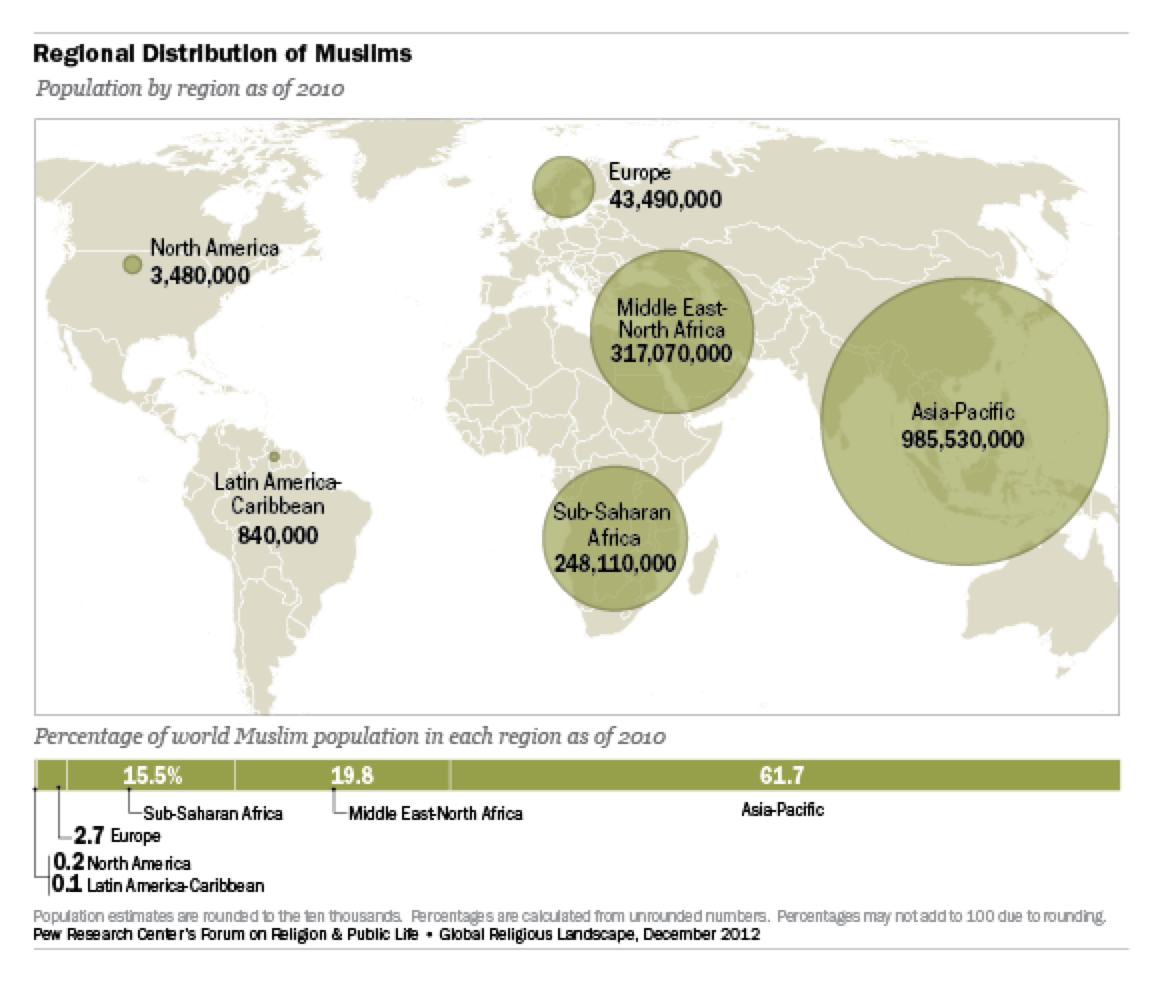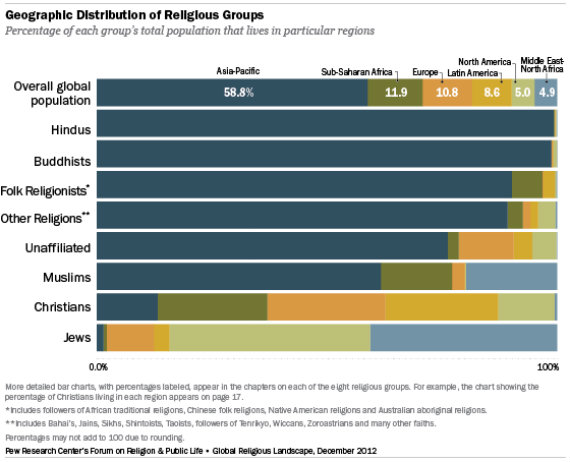Teaching about Judaism, Christianity & Islam
A MiddleWeb Blog

Teaching about Judaism, Christianity and Islam is a staple in many middle school world history and culture classes.
Often taught early in the school year in a unit on the Middle East, the topic affords teachers the opportunity to correct many stereotypes and misconceptions students have.
#1: Basic Vocabulary Confusion
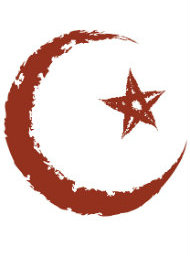
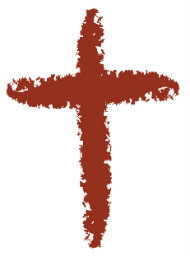
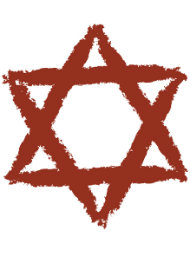
#2: The Names for God
Below is a misleading chart, found in many commonly used textbooks.
| Religion | Name for God |
| Christianity | God |
| Islam | Allah |
| Judaism | Yaweh |
While some non-Jews and many textbooks refer to the Jewish God as “Yaweh,” Jews themselves do not use this word. And in English, Jews say, “God.” Similarly, the word “Allah” is the Arabic word for God. If you are a Christian who lives in Egypt and speaks Arabic, you would use the word, “Allah” not “God.” The first part of the Islamic creed, the Shahada, is often misleadingly translated in middle school textbooks as “There is no God but Allah.” This gives students the impression that Muslims have a different God than Christians do. To fully translate this into English, you would say, “There is no God but God.”
The key point that students should walk away with is that all three of these religions believe in the same God. To use the chart I gave above is completely misleading for students because it suggests that each religion believes in different ones. The God for all three is the God who created Adam and Eve, the God of Noah and the flood, the God of Abraham, Isaac and Jacob. And the God of Moses and the Exodus from Egypt.
Christians also have the New Testament which describes Jesus as the son of God. And Muslims have the Koran, which is the word of God as revealed to the prophet Mohammed. We have an opportunity here to stress the commonality of the three religions.
#3: The Holy Books
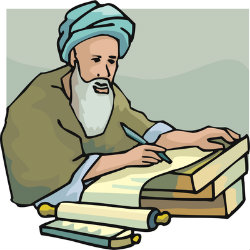
#4: Geography & Islam
Many students (and adults) understandably link Islam to the Middle East. And when we teach these three religions as part of ancient history courses, we emphasize the point that all three have roots in the Middle East. But many students do not realize that Islam spread far beyond the Middle East, just as Judaism and Christianity did.
We should explicitly teach two key points:
- The geographic region we know as the Middle East has people of all different religions, not just Muslims.
- There are substantial Muslim populations in South Asia, East Asia and Africa, as well as quickly growing populations in Europe and the United States. Of course, if you teach in a community with a significant Muslim population, there will be far more awareness of this. The graph below from The Pew Research Center is illuminating, pointing out that there are three times the number of Muslims in South and East Asia as there are in the Middle East, as well as more in Africa and Europe combined than in the Middle East.
 #5: Islam & Terrorism
#5: Islam & Terrorism
Unfortunately, I don’t think that it is possible to discuss Islam without directly addressing the issue of Islamism and terrorism. Whether you have Muslim students or not, it is imperative to teach students that being Muslim does not in any way define one automatically as anti-American or a terrorist. If you don’t bring this up, you are ignoring an elephant in the room and missing a teachable moment.
The following resources may be useful background for teachers to guide classroom discussions.
- “Homegrown Extremists Tied to Deadlier Toll Than Jihadists in U.S. Since 9/11”
- “Are All Terrorists Muslims? It’s Not Even Close”
- TEDtalk by Karima Bennoume
- What Does “Jihad” Really Mean to Muslims?
A final consideration
In the United States today, approximately 7 out of 10 Americans identify as Christian. Your classroom might have only Christians. But increasingly, this is less likely to be true. You may or may not know the religious identity of your students. Some may be atheist, Muslim, Jewish, Hindu, Buddhist, or may have other beliefs. Be careful not to make assumptions about your students’ religious backgrounds, but do consider what you do know in your instructional decisions.
My post only scratches the surface of a complicated topic. There are many more misconceptions and pedagogical concerns than can be addressed here. Please share any successes, questions, and resources in the comments below. Additionally, I have included some resources I hope are helpful.
Additional resources:
- FirstAmendmentCenter.org – a pdf guide to teachers about teaching religion in schools in the context of First Amendment rights. (see chapter 9).
- Pew Research Center: Global Religious Landscape – maps, circle graphs with percentages of world religions and more.
- pbs.org, “Global Connections: The Middle East, Religion” – a good overview (better than most textbooks) of these 3 religions with links to additional related topics and lessons.
- teachmideast.org– links to activities and resources for teachers.

